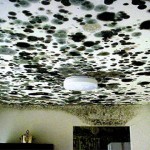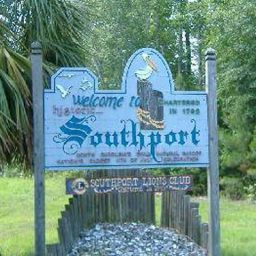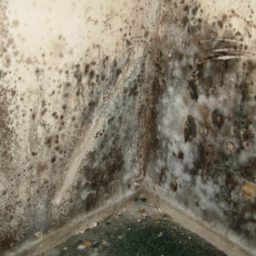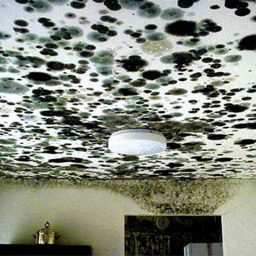Complete was requested by the insurer for this architect/builder to review damages to an extended care rest home as to the cause of the reported problems and the restorations costs and methods. The building was a large addition to an older building located near the mouth of the Cape Fear River. The wing included more than 40 patients’ rooms with shared baths. The builder had died during the construction un-related to the work and the wheels had fallen off the project. There had been a letdown in the construction management and no attempt at maintenance by the building owner taking over the new construction.
The issues related to the construction were really very complex but were resulting in significant mold forming behind the vinyl wallpaper in the rooms. The amount of mold was striking and the wing was not occupied due to these concerns. The mold included large concentrations of Stachybotrys and other molds known as toxic to people. We investigated the loss and found a number of seemingly unrelated issues combining to create a very large problem. The demand by the owner of the property was at nearly 5 million dollars before loss of use claims or business interruption.
The first problem that we discovered was that the ptac or thru wall air conditioning units were retrograding back into the building. The housing themselves should have been set so as to drain water created as condensation out of the units. This created a condition where water was draining into the walls and behind the wallpaper. The wallpaper had been installed with cellulose glue which should be known better as “mold food.” In addition the units had vent fans in the bathrooms that operated creating negative pressurization at all times, these fans were 130 cfm fans constantly pulling the humid air from outside into the units.
Beyond that there was a 5000 cfm fan in the grill that had never operated. The grill was in full use and the exhaust worked but the makeup air did not. This combined with the other conditions resulted in a badly damaged health care facility.
This case was set for a hearing by an American Institute of Architects board of three. The contractors identifying the problems relied on a one-page estimate to identify the costs of restorations for 4.6 million dollars. Complete provided a 400-page detailed document with more than a hundred photographs that laid out every s.f. of damage and the recommended repairs. Our estimate was less than a million and the claim settled at our value for the building claim. We wrote the number for what we would do the job for and start the next day. In our business, it is often said and it remains true, “It is what it is.”



